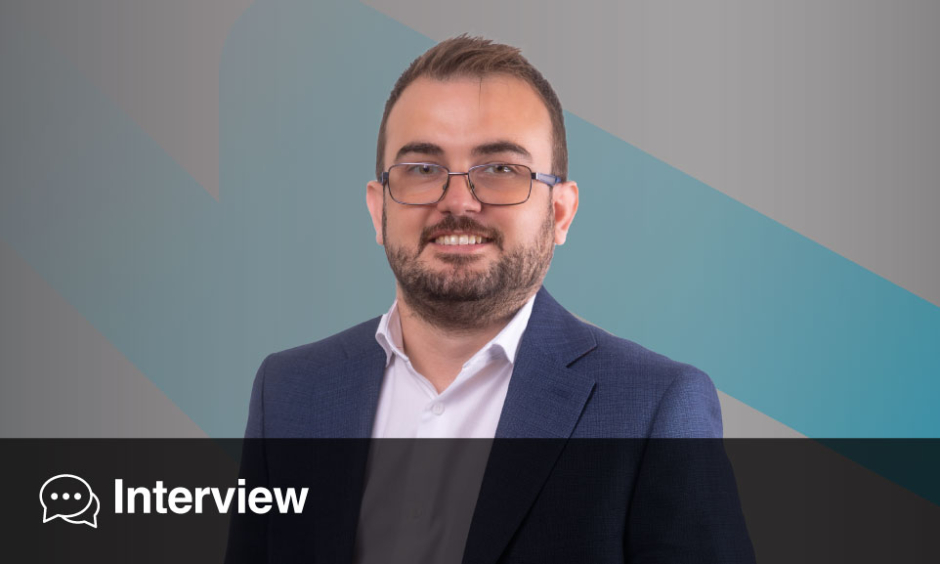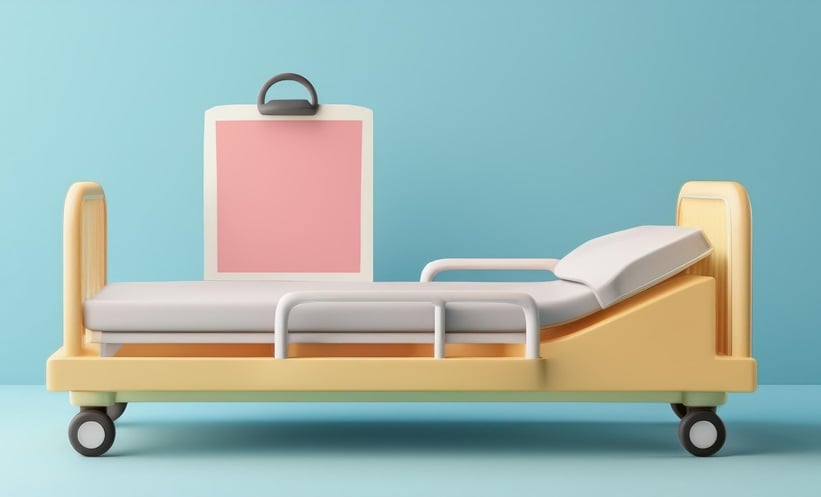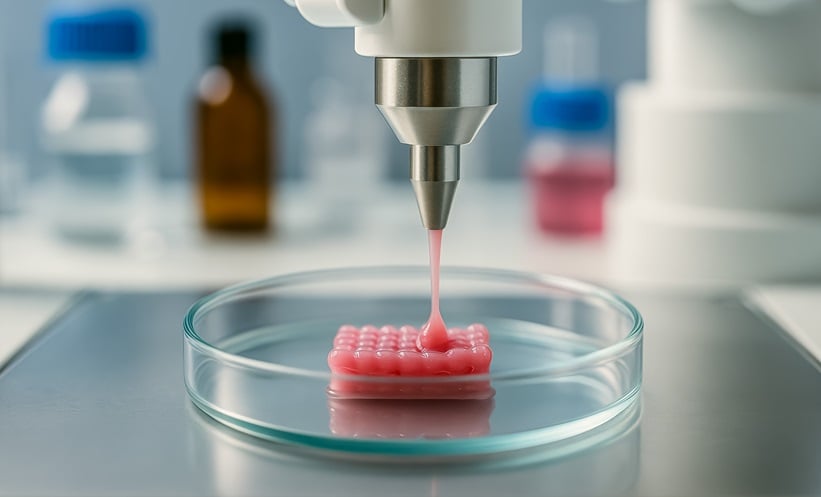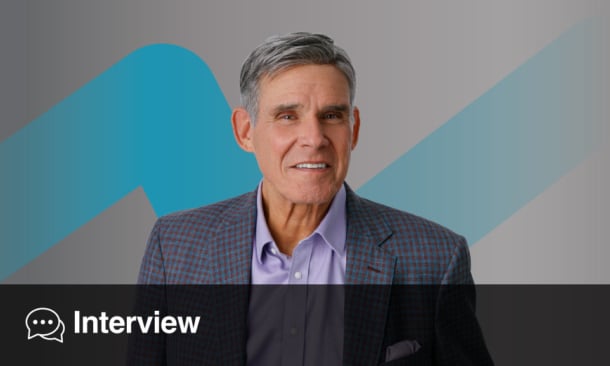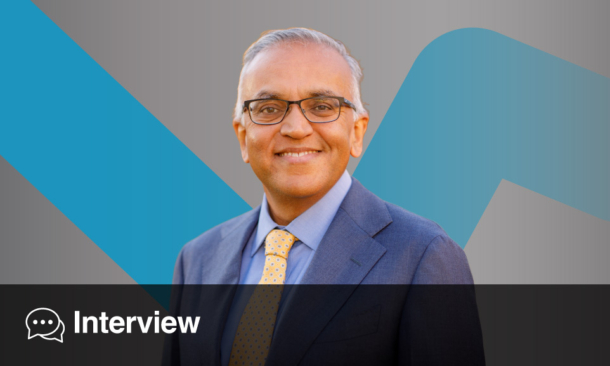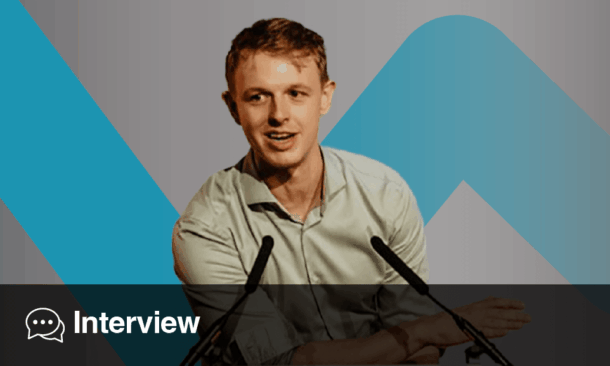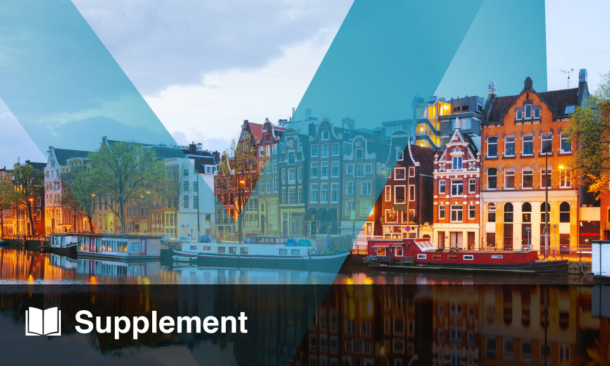Miles Payling | Co-founder and Chief Scientific Officer, C the Signs, London, UK
Citation: EMJ Innov. 2025;9[Suppl 2]:30-31. https://doi.org/10.33590/emjinnov/GVUK4715
![]()
Can you tell us about the work of C the Signs, and what motivated you, as a clinician, to co-found the company?
At C the Signs, our mission is to give everyone the chance to survive their cancer diagnosis. The best way to achieve this is through early diagnosis, so we’ve developed an AI-powered clinical platform that helps healthcare professionals and patients to identify risk of cancer across all tumour types. The tool integrates seamlessly into primary care workflows and uses real-time, evidence-based decision support to guide investigations and referrals.
The motivation for starting C the Signs came from a patient my co-founder, Bea Bakshi, saw during her GP training whilst she was working in accident and emergency (A&E). The patient was diagnosed with late-stage pancreatic cancer but there had been multiple opportunities for him to have been picked up earlier in primary care. I had also seen many patients diagnosed with cancer too late in my career. The great challenge with cancer is that it’s not one disease, it’s a collection of over 200 different diseases all with their own presentations and diagnostic work ups. When you then consider that the front door to the healthcare system is via primary care and the average GP will only diagnose six-to-eight new cases per year, it becomes a needle in a haystack for them to find. I knew that if we could equip frontline clinicians and patients with better tools, we could change outcomes and ultimately save lives.
What have been the biggest challenges in integrating AI and digital tools into clinical practice, and how have you overcome them?
One of the biggest challenges in integrating AI and digital tools into clinical practice is building trust, both in the technology and in its ability to support, rather than replace, clinical judgment. Clinicians operate under immense pressure, and their decision-making must be safe, evidence-based, and defensible. Introducing AI into that environment requires more than technical excellence; it demands transparency, clinical relevance, and a deep understanding of frontline workflows. At C the Signs, we designed our platform hand-in-hand with healthcare professionals, ensuring the recommendations are explainable, aligned with national guidelines, and enhance the way clinicians already work.
How do you stay updated with the latest advancements in oncology and digital health, and how do these inform your work at C the Signs?
Staying at the forefront of oncology and digital health is essential. We regularly attend conferences and continuously monitor the latest research and emerging innovations across the fields of cancer diagnostics and digital health. Our team includes clinicians, both in primary and secondary, and researchers who are deeply embedded in both academic and frontline healthcare environments. Personally, I remain engaged with key medical journals, attend major oncology and health tech conferences, and maintain close ties with clinical colleagues to understand how practice is evolving on the ground.
These insights directly inform our work. We use them to refine our algorithms, expand our product features, and ensure our clinical pathways reflect the most current evidence. Just as importantly, we listen closely to the needs of the clinicians using our platform to make sure C the Signs remains both clinically relevant and practically effective. This dynamic approach keeps us agile and ensures our technology continues to deliver real-world impact.
Based on your experience, what advice would you offer to healthcare professionals interested in moving into health technology or entrepreneurship?
My advice to healthcare professionals interested in health technology or entrepreneurship is to start by deeply understanding the problem you want to solve. As healthcare professionals, we have a unique vantage point: we see where systems break down, where patients fall through the cracks, and where failures cost lives. That clinical insight is incredibly powerful, but translating it into a scalable solution requires stepping outside the traditional boundaries of medicine. Be curious, talk to people in tech, design, and business, and don’t be afraid to challenge assumptions. You don’t need to know everything from day one, you just need the drive to stay motivated. The NHS, many universities and large cities across the country also offer accelerator programmes which can help to get your project off the ground and bring together like-minded.
Reflecting on HLTH Europe 2025, which sessions, speakers, or innovations stood out to you, and why?
Although I didn’t spend much time in the formal sessions at HLTH Europe 2025, as I was primarily based at our stand within the Google Start-up space, it was a fantastic opportunity to engage with a wide range of healthcare leaders, investors, and innovators on the floor. That hands-on presence gave us a real pulse on where the industry is heading, and the conversations we had were incredibly insightful.
One session that did stand out was ‘All ears: Ambient listening in healthcare’, which explored how real-time AI-driven transcription and clinical summarisation tools could revolutionise the clinician–patient interaction. It resonated with many of the challenges we see in frontline care, particularly the tension between documentation and meaningful clinical engagement. Another recurring theme that surfaced in conversations was the growing complexity of regulation around ambient AI. There’s clear excitement about innovation, but also an acknowledgment that regulatory clarity and trust are going to be critical in scaling safely and effectively.
Can you share any key insights or takeaways from your interactions with other healthcare leaders and innovators at the event?
One of my key takeaways from HLTH Europe 2025 was the growing benefits realised from ambient AI and how it will be transformative for clinical workflows, particularly for reductions in administrative burden, improvements in documentation accuracy, and freeing up clinicians to focus on patient care. This will also help to facilitate better clinical record keeping and support platforms like C the Signs making even better recommendations.
Another exciting takeaway was the surge in at-home diagnostic testing, particularly in cancer and screening. Leaders across the ecosystem spoke about how home-based testing is reshaping access, bringing preventive care to underserved populations and empowering patients to engage earlier with the health system. Advances in sample collection, logistics, and digital triage are making it possible to detect disease without the patient ever needing to step into a clinic which will be a huge step forward for cancer diagnostics.

